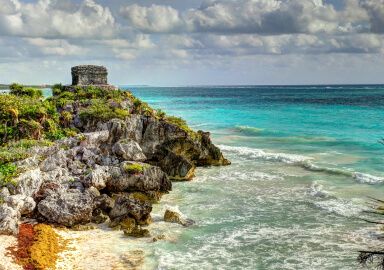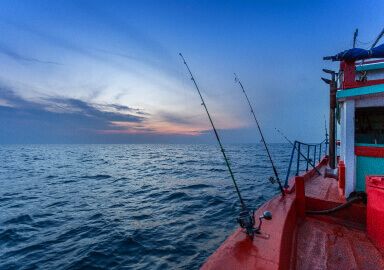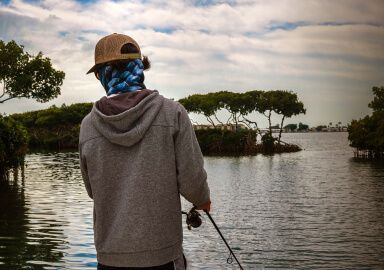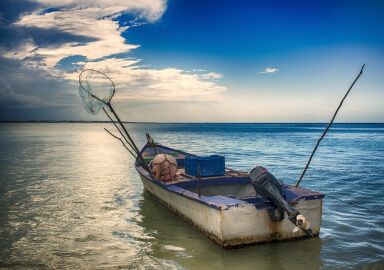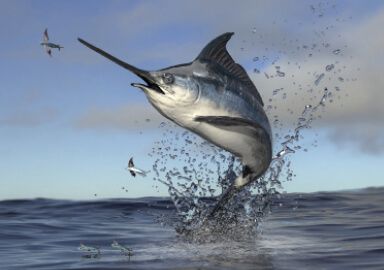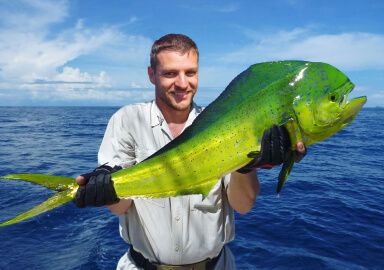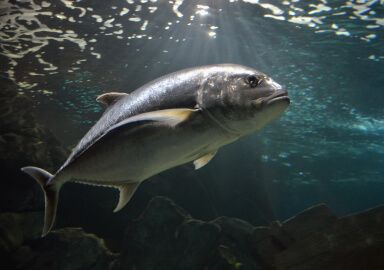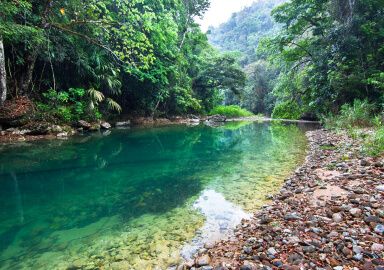Fishing in Mexico
Beyond tequila and mariachi: with two oceans and many rivers and lakes, Mexico is an outstanding fishing destination.
View 92 listings
92
listings
–
price starting from
67
fish species
–
to the nearest trip
About Mexico
The shores of Mexico deserve the name "an angler's paradise" as much as any other spot in the world. With sandy beaches, mangrove forests, coral reefs, and rocky cliffs, Mexico's coastline extends over approximately 9,330 kilometers (5,797 miles), encompassing the Gulf of Mexico and the Caribbean Sea to the east and the Pacific Ocean to the west. Regions like the Yucatan Peninsula and Baja California are renowned for their unique ecological systems.
Mexico's oceans and seas are complemented by its rich network of rivers and lakes, including notable water bodies like the Rio Grande, Grijalva, and Usumacinta Rivers. The Lerma-Chapala-Santiago system features Lake Chapala, the largest in Mexico, fed by the Lerma River and giving rise to the Santiago River that flows to the Pacific. Other significant lakes include the colorful Lake Bacalar, Lake Cuitzeo, and the Aguamilpa Reservoir, famed for bass fishing.
The coastal areas of Mexico are known for its warm, tropical climate, making it a popular destination for tourism. But what makes Mexico unique from a recreational angler's point of view is that on both Atlantic and the Pacific Coasts the deep sea begins quite near the shores. This means you can reach the habitat of tuna and billfish on relatively small craft, making big-game fishing trips convenient and potentially more affordable than in many other areas.
Whether you plan to combine a beach vacation with a little fishing, or focus on a dedicated fishing trip, enjoy some of the world's best deep-sea adventures, or cast your line after a big bass, Mexico will not disappoint. Learn more from our blog.
Fishing Types
If you know anything about offshore big-game fishing, you don't need to be told that Mexico is one of the world's best destinations for this pursuit. Such ports as Cancun, Puerto Vallarta and Caba San Lucas sound like music to deep-sea fishing enthusiasts. The province of Quintana Roo, located on the eastern side of the Yucatan Peninsula, offers outstanding reefs fishing on the Mesoamerican Reef System, the second biggest barrier reef in the world, as well as second-to-none flats fishing. Inshore and nearshore fishing is excellent wherever you go. Inland, the best-known type of fishing in Mexico is lake fishing for largemouth bass.
Targeted Fish Species
Mexican waters are rich in marine biodiversity. The Gulf of California, for example, is one of the most biologically diverse seas on the planet, home to many species of whales, dolphins, and fish. The crown jewels of the Mexican fish are of course the billfish, including sailfish, blue, black, white, and striped marlin. Yellowfin and blackfin tuna, wahoo, and dolphin (Mahi-Mahi) are also abundant.
Near the coastlines, snapper and grouper thrive around reefs and offshore structures. In the shallow waters and mangroves, anglers encounter species like tarpon, permit, and snook, along with the highly valued bonefish. Other species popular among anglers include jack crevalle, and roosterfish, unique for Pacific coast. Rays, sharks, and myriad other species too numerous to mention complete the picture.
Freshwater fish in Mexico has a great significance to local subsistence fishers, which unfortunately results in a low, depressed state of many populations. However, largemouth bass fishing in Mexico is legendary.
Fishing Techniques
Trolling with heavy tackle is of course the ultimate technique for fishing after such legendary fish as marlin, sailfish, and tuna. This can be done with both live and dead baits, as well as artificial lures; the captains of the charter boats have the best and most appropriate gear at the disposal of their clients. Bottom fishing, including handlining and vertical jigging, is practiced for smaller and more shore-loving species such as snappers and groupers, and light tackle spinning and fly fishing are popular on the flats for bonefish, as well as inland when targeting largemouth bass.


